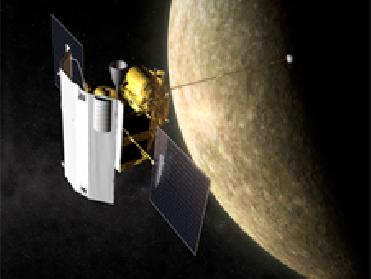
Messenger at Mercury. Image credit: NASA
WASHINGTON (BNS): All set to enter Mercury's orbit in 2011, NASA’s MESSENGER spacecraft will fly by the planet for third and final time on September 29, covering nearly 230-km above the planet’s rocky surface for final gravity assist.
“This flyby will be our last close look at the equatorial regions of Mercury, and it is our final planetary gravity assist, so it is important for the entire encounter to be executed as planned,” said Sean Solomon, principal investigator at the Carnegie Institution in Washington. “As enticing as these flybys have been for discovering some of Mercury's secrets, they are the hors d'oeuvres to the mission's main course -- observing Mercury from orbit for an entire year.”
The orbital phase of the mission will help scientists determine the composition of Mercury’s surface, according to NASA. The spacecraft has already imaged more than 90 percent of the planet's surface.
The instruments on board MESSENGER – Mercury Surface, Space Environment, Geochemistry, and Ranging spacecraft – will be activated during the final flyby to view specific features. The spacecraft may observe how the planet interacts with conditions in interplanetary space as a result of activity on the sun. During this encounter, high spectral- and high spatial-resolution measurements will be taken of Mercury's tenuous atmosphere and tail, the US space agency said.
“Scans of the planet's comet-like tail will provide important clues regarding the processes that maintain the atmosphere and tail,” said Noam Izenberg, the instrument's scientist at the Johns Hopkins University Applied Physics Laboratory.
“The Mercury Atmospheric and Surface Composition Spectrometer will give us a snapshot of how the distribution of sodium and calcium vary with solar and planetary conditions. In addition, we will target the north and south polar regions for detailed observations and look for several new atmospheric constituents,” Izenberg said.
As it will approach the planet, the spacecraft will capture previously unseen terrain, and with its departure, it will take high-resolution images of the planet’s southern hemisphere.
Scientists expect the spacecraft's imaging system would take over 1,500 pictures. Those images will be used to create a mosaic to complement the high resolution, northern-hemisphere mosaic obtained during the second Mercury flyby. The first flyby took the spacecraft over the eastern hemisphere in January 2008, and the second flyby took it over western side in October 2008.
The spacecraft has completed nearly three-quarters of its 4.9-billion-mile journey to enter orbit around Mercury. The trip includes more than 15 trips around the sun. In addition to flying by Mercury, the spacecraft flew past Earth in August 2005 and Venus in October 2006 and June 2007.
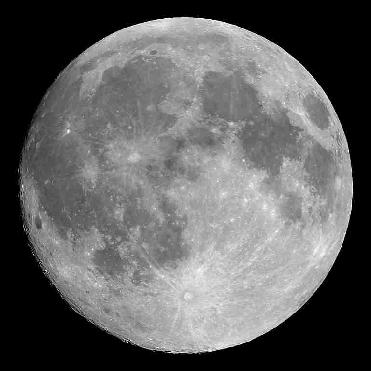 Next Article
Next Article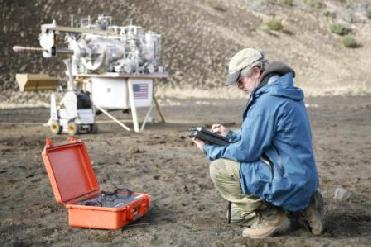
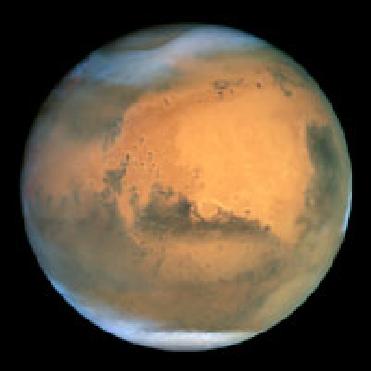
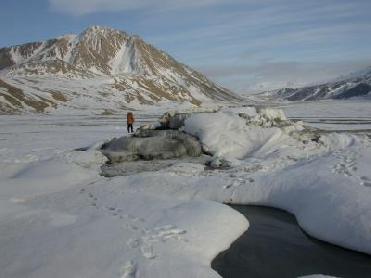
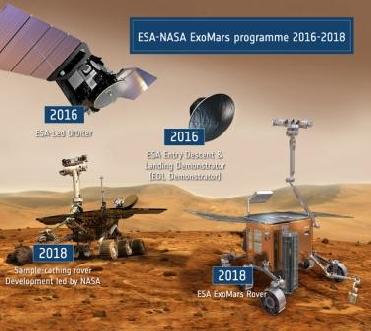










The Indian Air Force, in its flight trials evaluation report submitted before the Defence Ministry l..
view articleAn insight into the Medium Multi-Role Combat Aircraft competition...
view articleSky enthusiasts can now spot the International Space Station (ISS) commanded by Indian-American astr..
view article